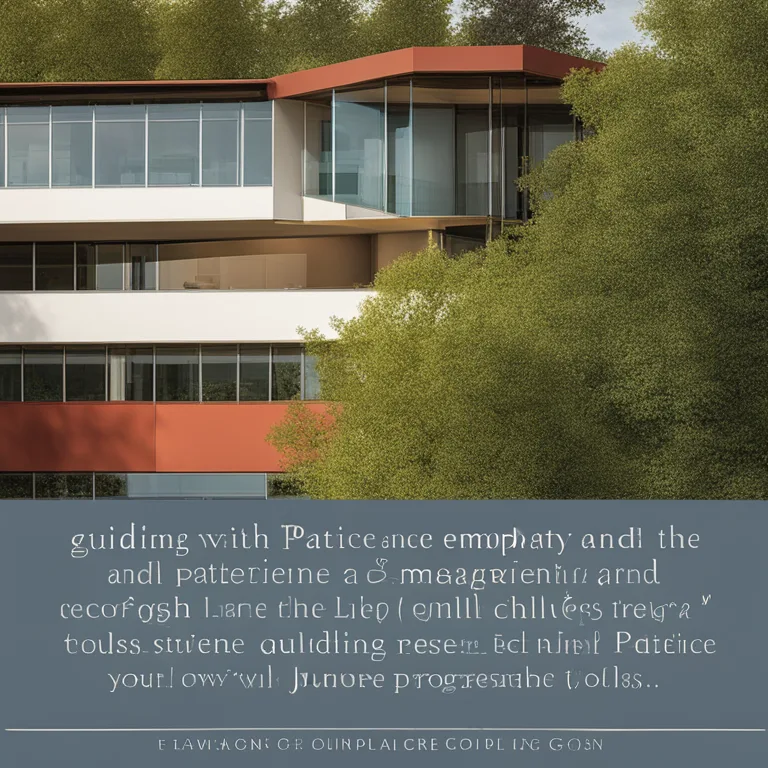
Harmonious Meditation Group Dynamics
Discover practical tips for fostering a serene and connected meditation group experience.
article by Hina Kurosawa
Creating a Welcoming Space
Assembling a meditation group ushers in a tapestry of minds and intentions. Begin by creating an environment that emanates tranquility and acceptance. Prioritize comfort with ample cushions and mats, ensuring the space is clean and decluttered. The inclusion of serene decor, such as plants or soothing artwork, invites a calming atmosphere. Natural light is beneficial, but soft, artificial lighting works well to set the mood during evening sessions. Ventilation is often overlooked but vital—ensure the room is well-aired, with options for temperature control. A welcoming space harmonizes the collective energy and encourages participants to embrace the meditation experience fully.

Establishing Group Norms
Every successful meditation group operates on a framework of mutual understanding. Begin your first session by collaboratively setting ground rules. Communicate clearly regarding punctuality, mobile device etiquette, and the level of silence expected. Normalize the practice of respectful sharing and active listening when it comes to group discussions. These norms must honor the personal boundaries and privacy of each member, fostering an atmosphere where each participant feels respected and secure. An understanding of these guidelines ensures the smooth functioning of the group and reduces potential conflicts or misconceptions.

Optimizing Session Structure
Structuring sessions thoughtfully is an art that balances flexibility and organization. Start with a brief introduction, followed by a warm-up to transition from the bustle of daily life into a meditative mindset. This can include light stretching or breath work. The core of the session should be the meditation practice, which can vary based on the group's focus, such as mindfulness, contemplation, or visualization. Conclude with a period for reflections or journaling, which can enhance personal growth and community building. By maintaining a consistent yet adaptable structure, participants can navigate their experiences with a sense of security and anticipation.

Guiding with Empathy and Patience
A meditation group thrives under empathetic guidance. As the facilitator, patience and understanding are your strongest tools. Recognize that each member will have unique challenges and progress at their own pace. Encourage questions and discussions, providing thoughtful and non-judgmental responses. Be prepared to offer modifications for practices to accommodate varying levels of experience or physical restrictions. Celebrate individual milestones without fostering a competitive environment. Your demeanor sets the tone for the group, so lead with compassion and a genuine desire to help others in their meditation journey.
Incorporating Technological Aids
As we embrace the digital advancements of 2024 and beyond, consider integrating appropriate technology into your meditation group. Apps and online resources can be invaluable for planning sessions, sharing schedules, and tracking progress. Virtual reality experiences can enrich guided meditations, while biofeedback tools might provide participants with tangible insights into their physiological states during practice. However, wield technology mindfully, ensuring it complements rather than distracts from the essence of meditation. Always prioritize personal connections within the group, using technology as a bridge rather than a barrier.
Celebrating Diversity in Practices
In the current spiritual landscape, meditation's cultural and historical roots are more widely acknowledged and honored. Embrace this diversity in your group by exploring various meditation traditions and techniques. This not only enriches the practice but also fosters inclusivity and cultural appreciation. Encourage members to share their experiences and insights, broadening the group's collective understanding. Through this exploration, participants can find practices that resonate deeply with them, enhancing their individual and shared meditation experiences.
Building a Supportive Community
Ultimately, the heart of a meditation group is its community. Nurture connections outside of formal sessions with social gatherings or online forums where members can support each other's journeys. Establish a buddy system for newcomers to feel welcomed and guided. Plan group activities centered around holistic well-being, like nature walks or volunteer work. These shared experiences deepen bonds and create a sense of belonging, making the meditation group not just a practice, but a sanctuary for personal growth and collective enlightenment.
Published: 1/8/2024
Modified: 1/8/2024
More predictions
Come back here soon to learn more about yourself and your future


Meditation: Finger Techniques Explored
Discover the art of finger meditation to harmonize body, mind, and spirit through ancient practices for modern wellness.


Mindful Meditation Practices Explained
Discover techniques to enhance your mindfulness through meditation, fostering peace and clarity in your daily life.


Diverse Meditation Techniques
Explore various meditation methods to enhance your mental clarity, emotional balance, and spiritual insight.